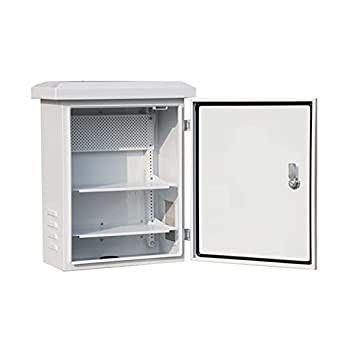Meter boxes and distribution boxes are two essential components in the electrical infrastructure of any building or property. While both have similar functions, there are some significant differences. In this article, we'll explore the difference between a meter box and a distribution box, and what purposes they serve in an electrical system.


First, let's define what a meter box is. A meter box, also known as an electric meter box, is a metal enclosure where the electric utility company installs a power meter. The power meter measures the amount of electricity consumed by a property and is used to calculate the bill. The meter box is usually located near the property's electrical service entrance and is easily accessible to the utility company's meter reader.
On the other hand, a distribution box is a metal enclosure that contains the main electrical panelboard of a building. This panelboard is the central hub where all the wiring from the property's electrical circuits is connected. The panelboard is responsible for distributing power to all electrical outlets, switches, and appliances in the building. It also contains the circuit breakers or fuses that protect the wiring and electrical circuits in the building from electrical overload and short circuits.
The key difference between a meter box and a distribution box is that a meter box only measures the amount of electricity consumed by the building, while a distribution box distributes electricity throughout the building. The meter box serves as a connection between the utility company and the building owner, while the distribution box serves as a hub for all the electrical circuits inside the building.
Another difference between the two is that a meter box is usually installed and maintained by the utility company, while a distribution box is the responsibility of the building owner. The utility company installs the power meter in the meter box and reads it periodically to calculate the monthly bill. In contrast, the building owner must hire a licensed electrician to install and maintain the distribution box and the electrical circuits inside the building.
Meter boxes and distribution boxes are crucial components of any electrical system, and it's essential to understand their differences and functions. A meter box measures the amount of electricity consumed by a building and is installed and maintained by the utility company, while a distribution box distributes power throughout the building and is the responsibility of the building owner. Knowing the differences between these two components can help you troubleshoot any electrical problems you may encounter and ensure the smooth operation of your electrical system.




